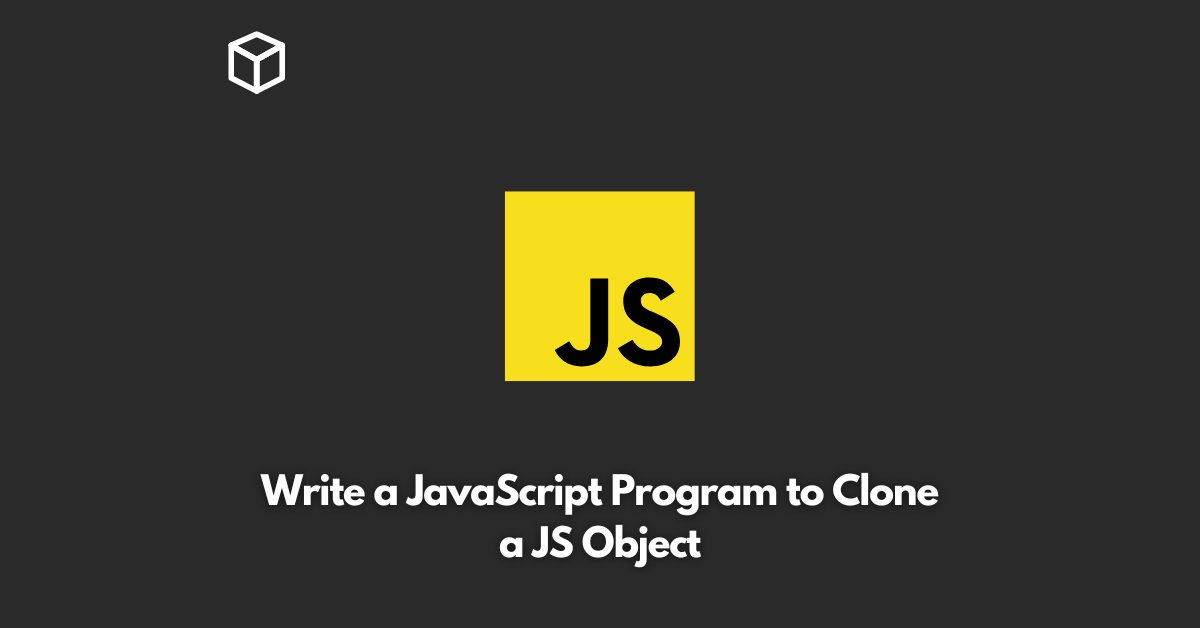In JavaScript, objects are an essential part of the language. They are data structures that allow us to store information in key-value pairs.
Sometimes, we may need to make a copy of an object to manipulate it without modifying the original object.
In this case, we can use cloning to create a copy of the object.
In this tutorial, we will cover how to clone a JavaScript object using various methods.
Using the spread operator
The spread operator is a new feature introduced in ECMAScript 6 that allows us to expand an iterable (e.g., an array) into individual elements.
It can also be used to clone an object. Here’s an example:
const obj = { foo: 'bar', baz: 'qux' };
const clonedObj = { …obj };
console.log(clonedObj); // { foo: 'bar', baz: 'qux' }
In the above example, we use the spread operator to create a new object that has the same key-value pairs as the original object. This method is simple and easy to use.
Using Object.assign()
The Object.assign() method is another way to clone an object. It takes two or more objects as arguments and merges them together into a single object. Here’s an example:
const obj = { foo: 'bar', baz: 'qux' };
const clonedObj = Object.assign({}, obj);
console.log(clonedObj); // { foo: 'bar', baz: 'qux' }
In the above example, we pass an empty object as the first argument to Object.assign() and the original object as the second argument. This method is also straightforward and widely used.
Using JSON.parse() and JSON.stringify()
Another way to clone an object is by using the JSON.parse() and JSON.stringify() methods. JSON is a data format that stands for JavaScript Object Notation. We can convert an object to a JSON string and then back to an object using these methods. Here’s an example:
const obj = { foo: 'bar', baz: 'qux' };
const clonedObj = JSON.parse(JSON.stringify(obj));
console.log(clonedObj); // { foo: 'bar', baz: 'qux' }
In the above example, we first convert the object to a JSON string using JSON.stringify(), and then we parse the JSON string back into an object using JSON.parse().
This method is useful when dealing with complex objects that contain functions or undefined values.
Conclusion
In this blog post, we covered three methods for cloning a JavaScript object.
The spread operator and Object.assign() are the most common and straightforward methods, while JSON.parse() and JSON.stringify() are useful when dealing with complex objects.
Knowing how to clone an object is a valuable skill in JavaScript programming, and it can save us time and effort when working with objects.




